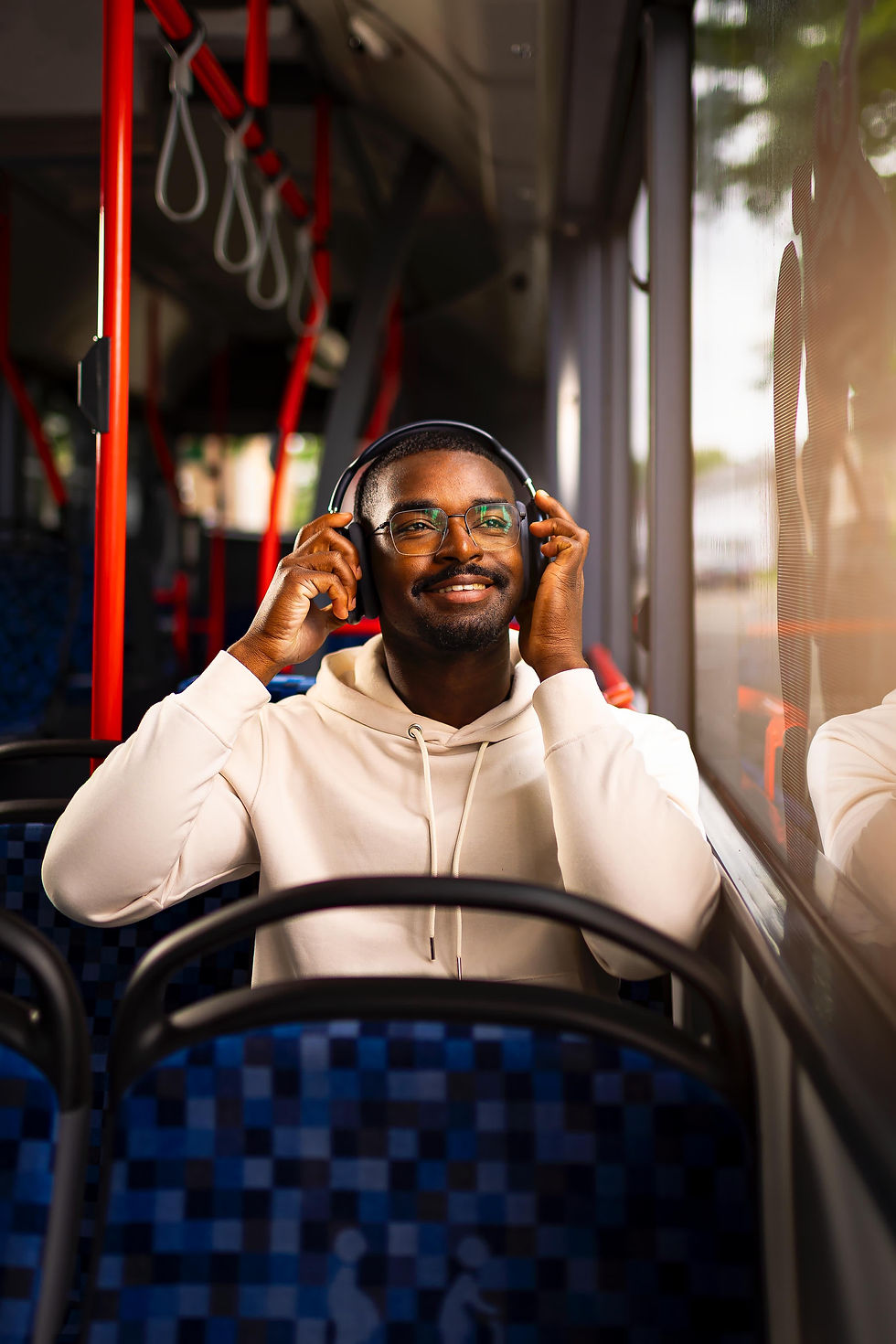Event photography in extremely poor light
- Stan Keulen

- Jun 4, 2024
- 3 min read
Updated: Oct 8, 2024
Last week I photographed the spring concert of Zangvereniging Reconnected in the Royal Theater Heerlen. A great evening full of entertainment for visitors, hell on earth for photographers.
While the summer sun was setting outside, inside extremely poor lighting conditions required maximum effort from my skills and equipment.

Every year, the Reconnected singing association organizes their spring concert. The Royal Theater in Heerlen was rented for this Music Movie Night edition and I was allowed to take care of the photo report.
There were no crazy things in the script in advance, but on site it turned out not to be a piece of cake.
In fact, it was perhaps the most challenging assignment I would face in recent years.
Very cool to be faced with such a challenge again!
During the initial site inspection, the first thing I noticed was the very dim lighting. This is usually a matter of visiting the lighting technician and asking if the front lights could be a little brighter.
Unfortunately, that was not an option, as otherwise the choir would no longer be able to see the conductor properly. Despite the many strings you can pull as a photographer, this is something you cannot overrule.

Flashing during a concert is absolutely not done, so that was not a solution. The use of a flash is very disruptive to the audience and artist. In addition, it is anything but conducive to the atmosphere of the photos.
To amplify the choir, several microphones were placed on stands right in front of the choir. Very annoying for the photos of course. I've tried to work around it as much as possible, but you can never get around it 100%.
That was also a tough obstacle. Various scenes from well-known films played in the background during the music pieces.
The light coming from the projector was much brighter than the front light that fell on the choir. This caused an imbalance between the subjects.
Let's sum it up: the background under moderate light, the choir under dim light, and the audience without any light!
The only light that fell on the audience was the slight reflection of the film screen. That's where some experience comes into play. Because how do you solve something like that?
The most important trick was to print at times when there is a lot of white on the screen. The color white has a high light output and reflects well. As I just wrote, the lighting of the audience depended on which scene was shown on the screen.
A white scene would light up the room a lot brighter than a scene with a lot of red.

All in all, the light was still incredibly dim, and I had to push my camera to the maximum.
Even with an aperture of f/1.4, ISO values of 8000 and shutter speeds of 1/30 were no exception.
For overviews, a shutter speed of 1/30 can work, but for moving people this shutter speed is doomed to failure.
I would never have gotten a sharp photo of the conductor waving her hands up and down at 1/30.
I was able to push the shutter speed to a maximum of 1/80 before the photo became too dark.
The ISO performance of the current generation of cameras is unprecedented , yet I know where the limits of my equipment lie.
To get a sharp photo of the conductor with a shutter speed of 1/80, you need to listen carefully to the music.
When the choir sings softly and quietly, this is normally equivalent to a conductor moving her hands relatively calmly.

















Comments